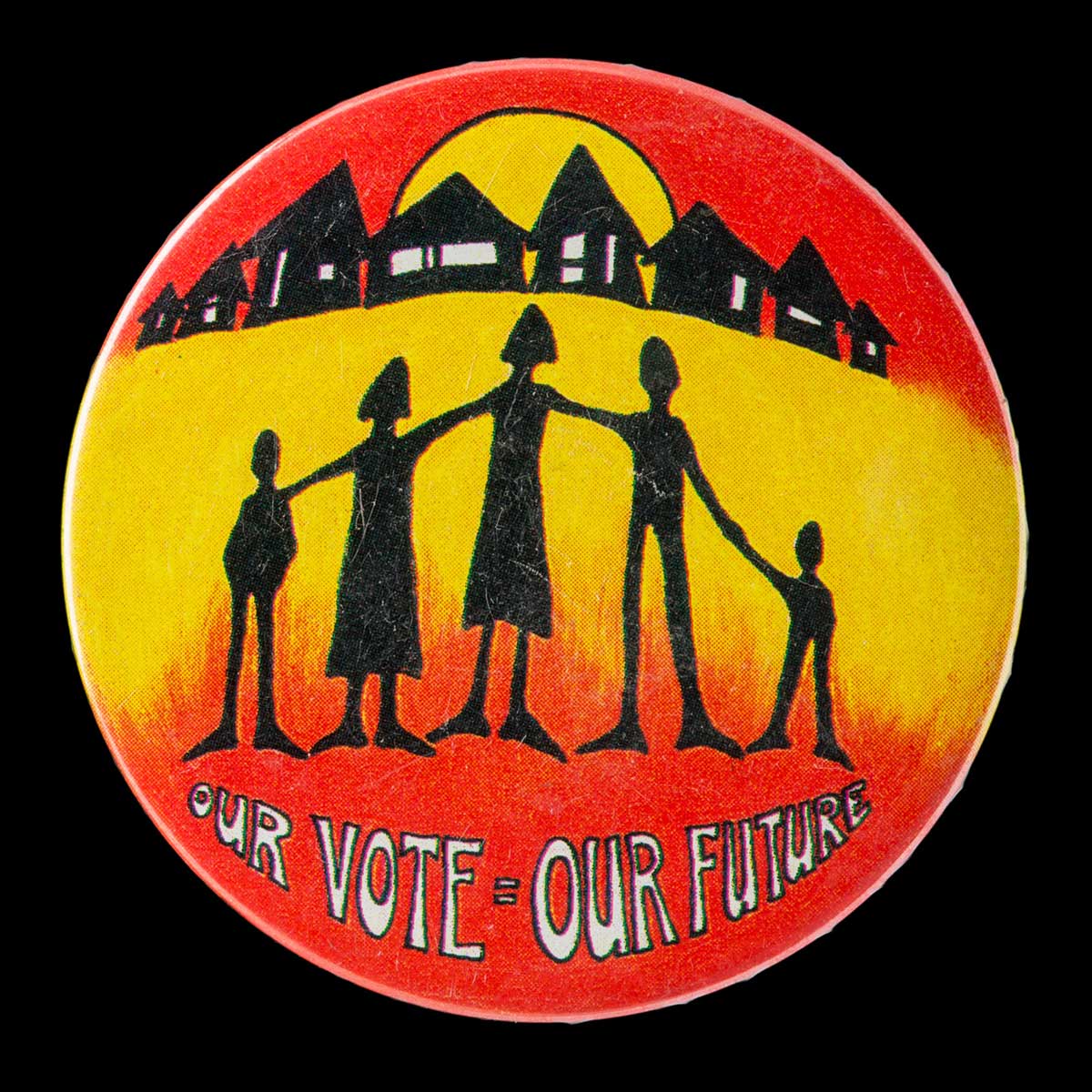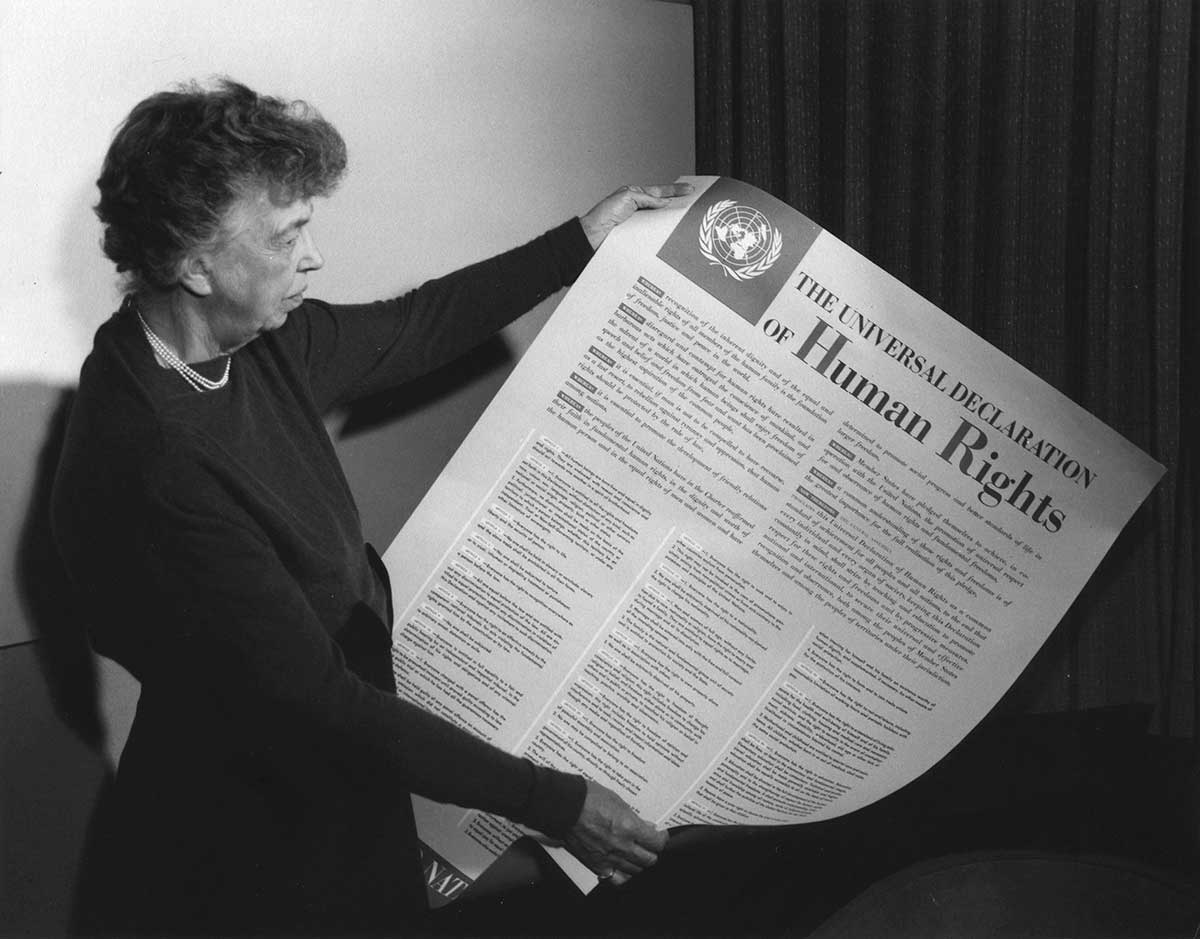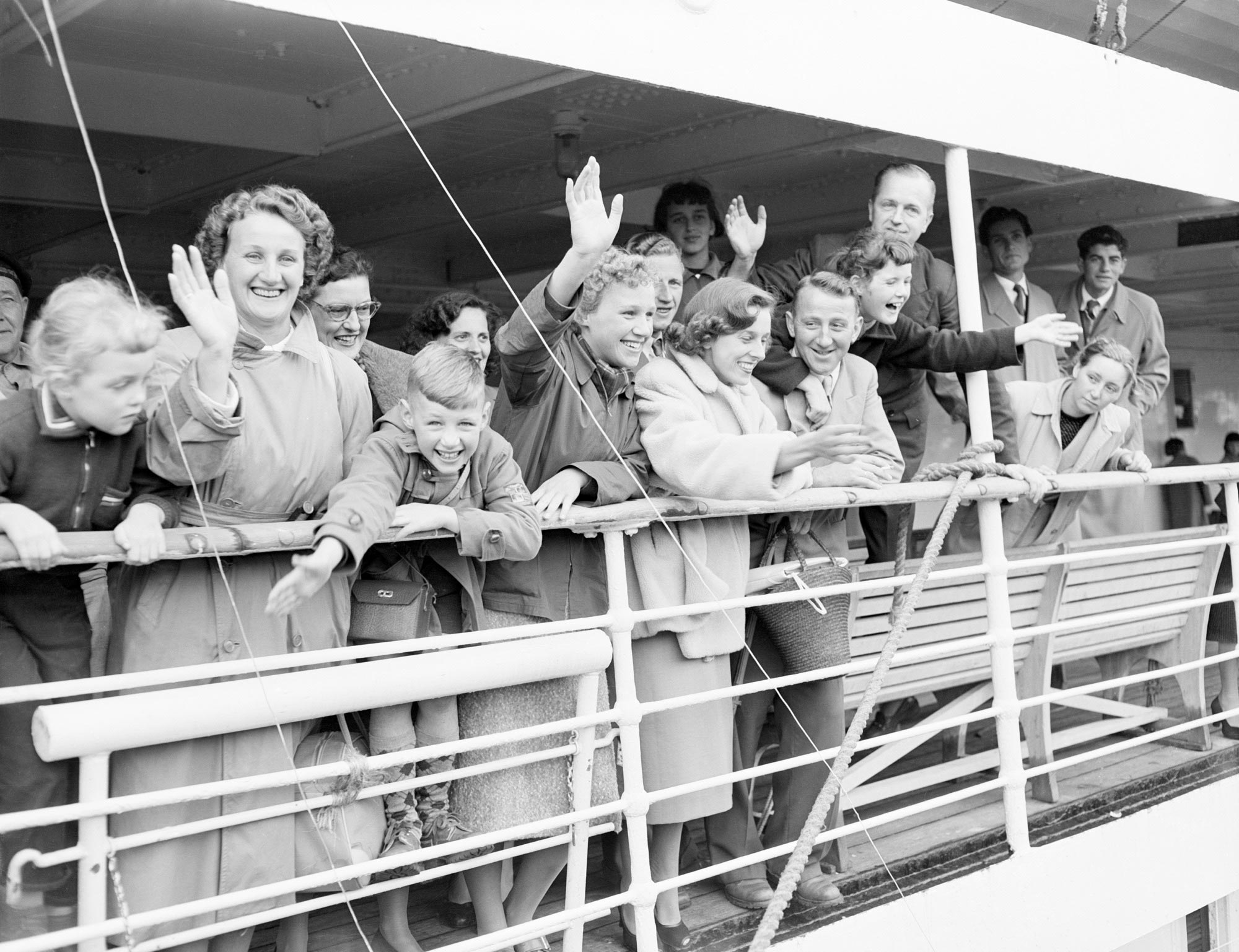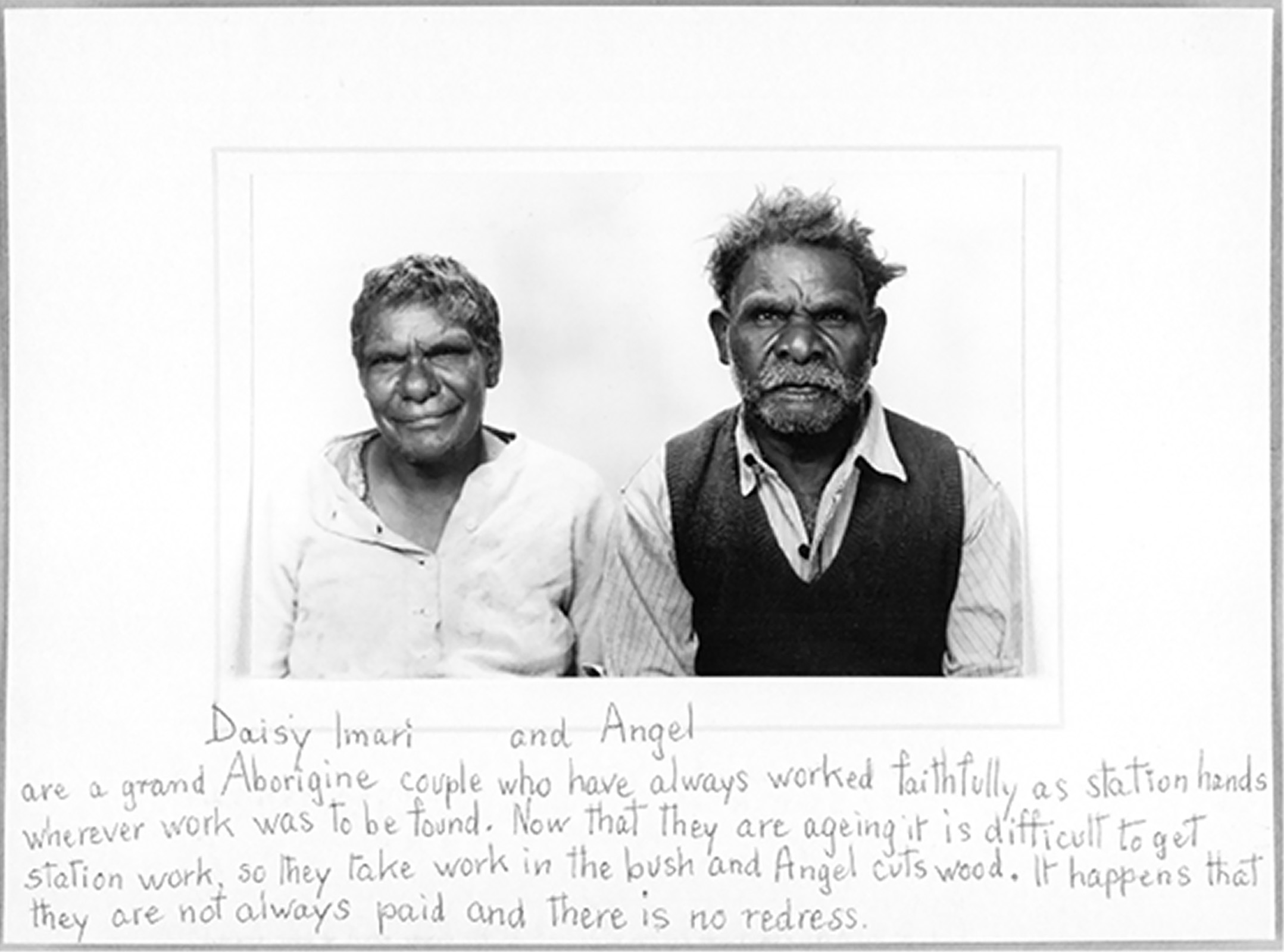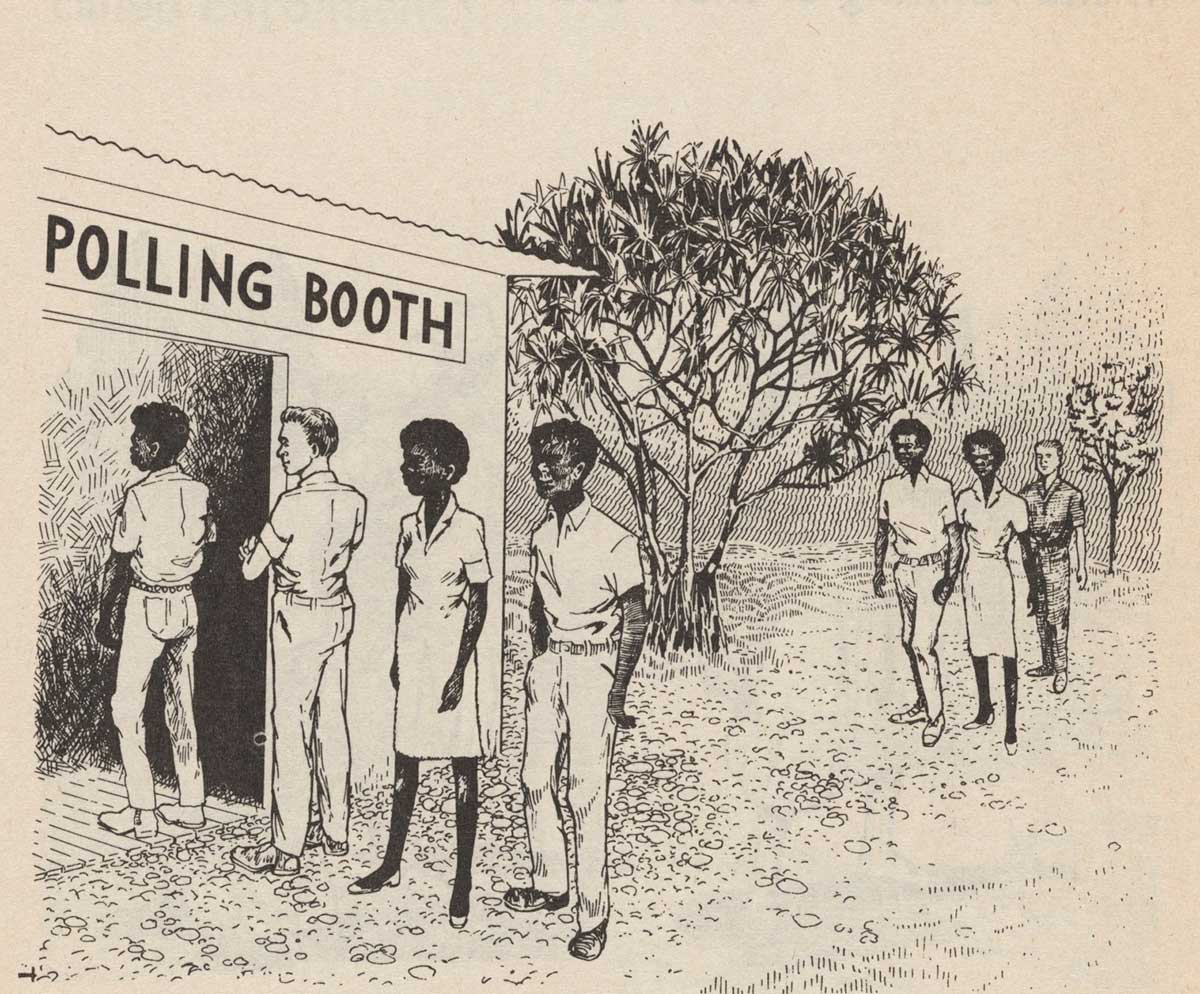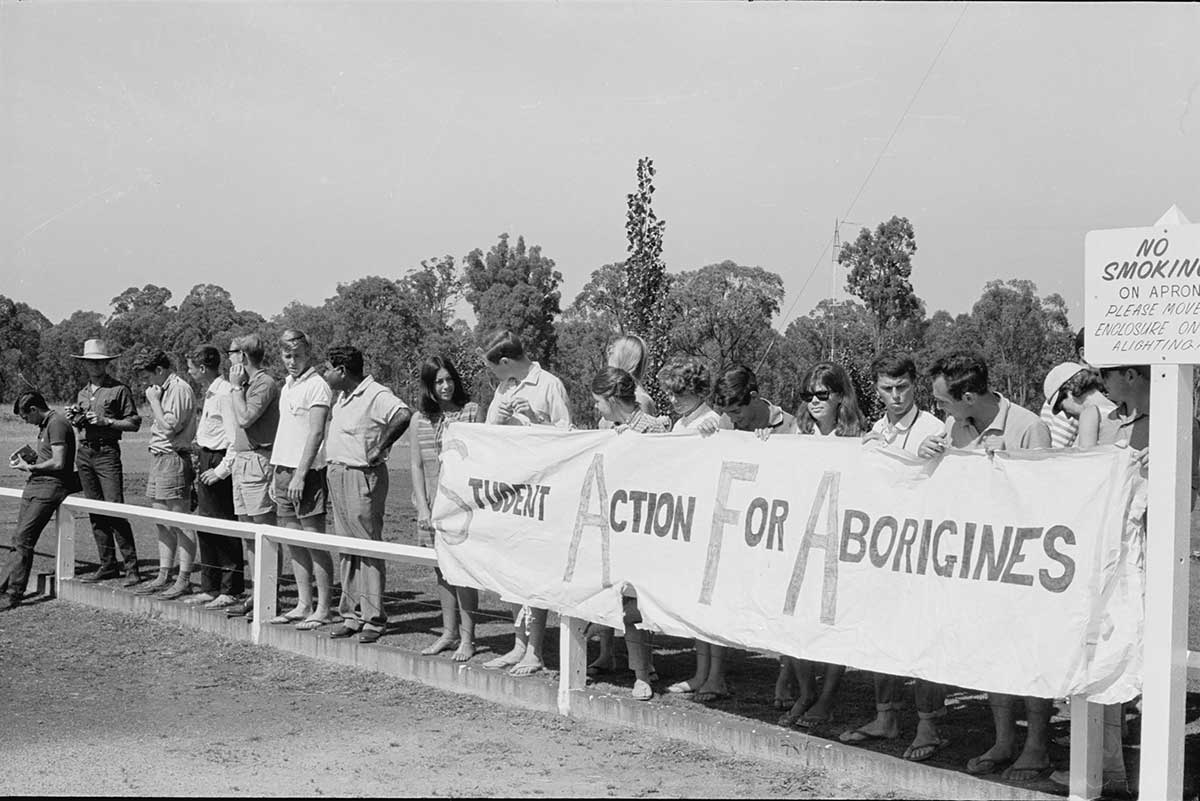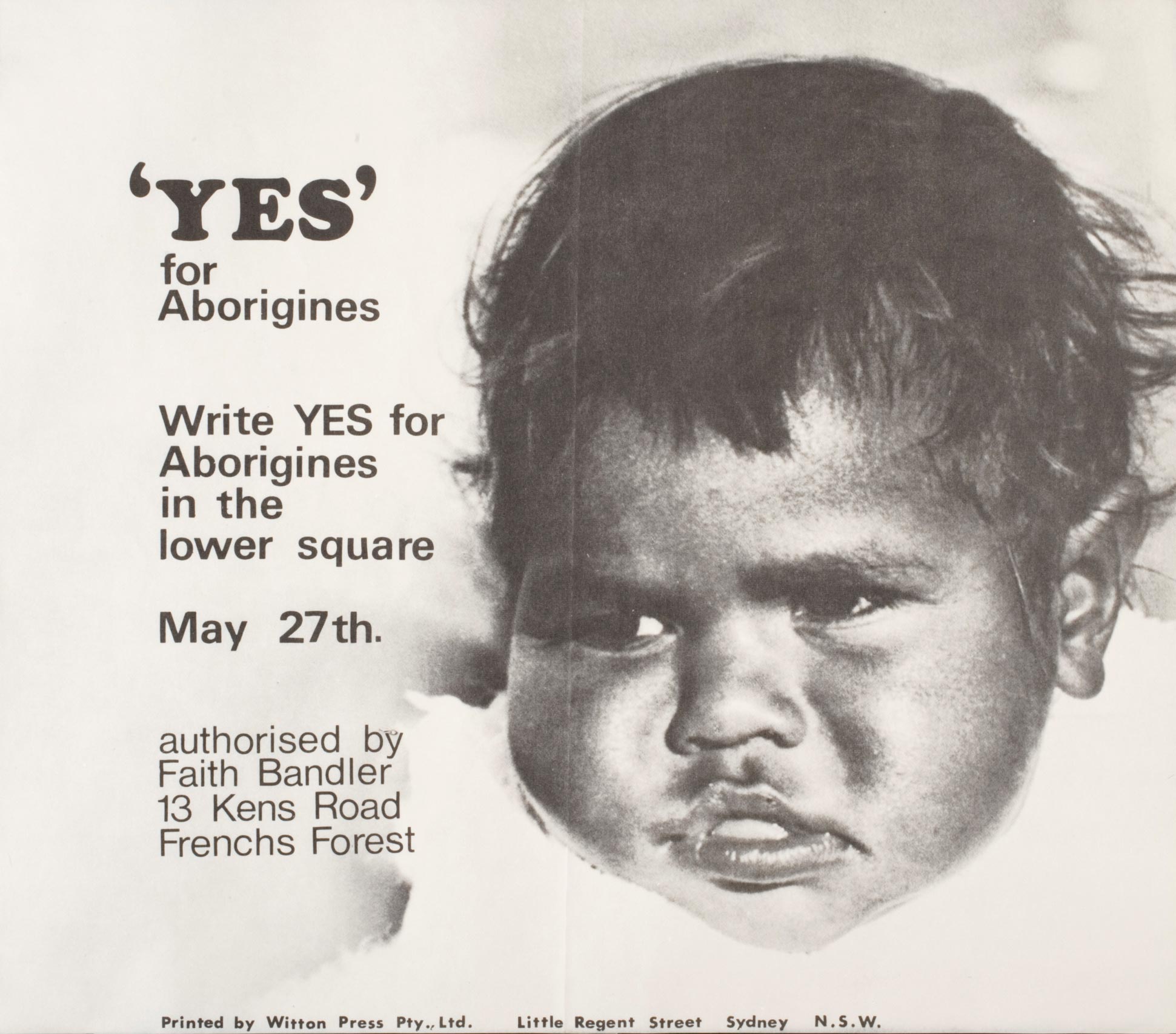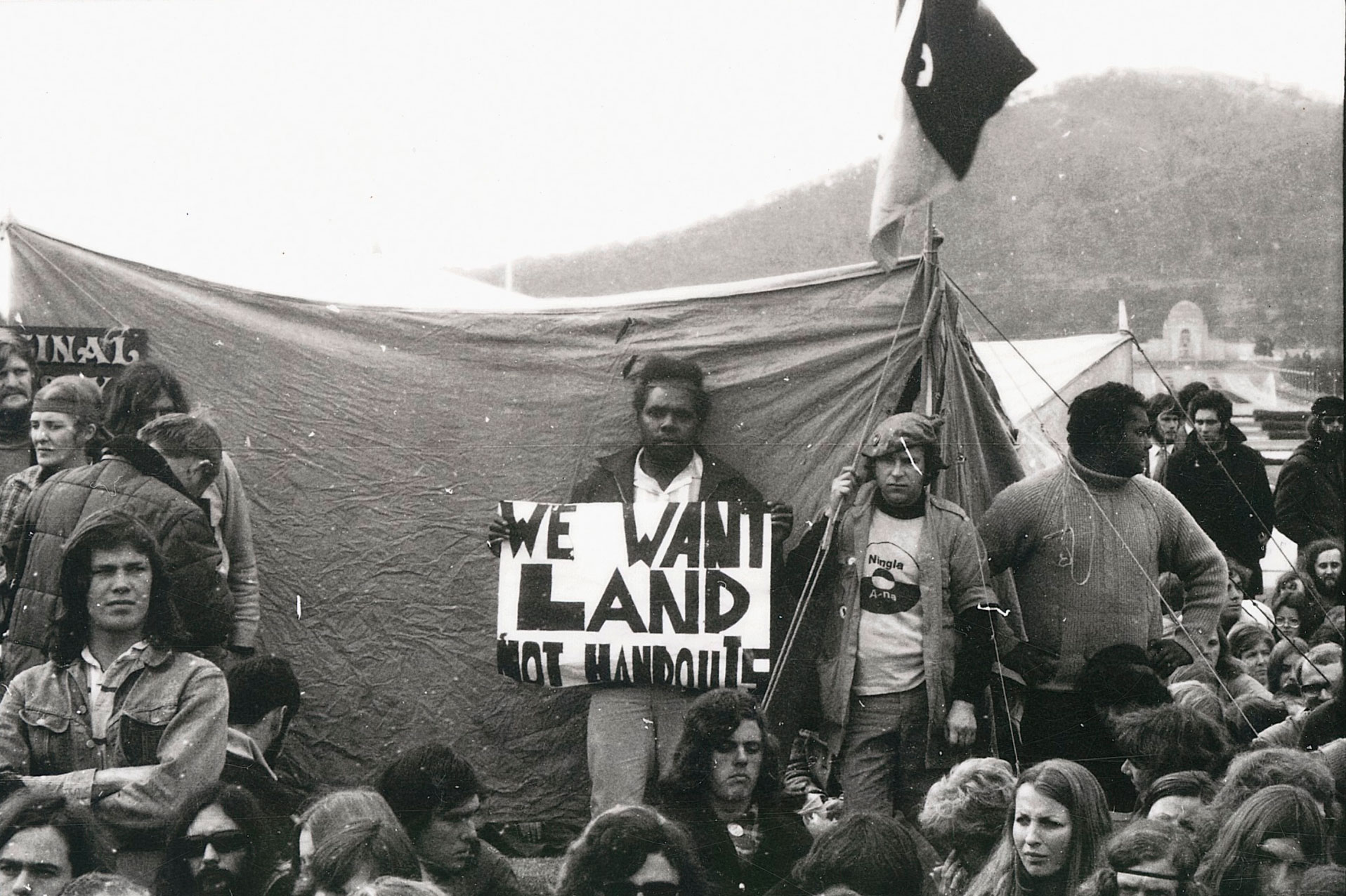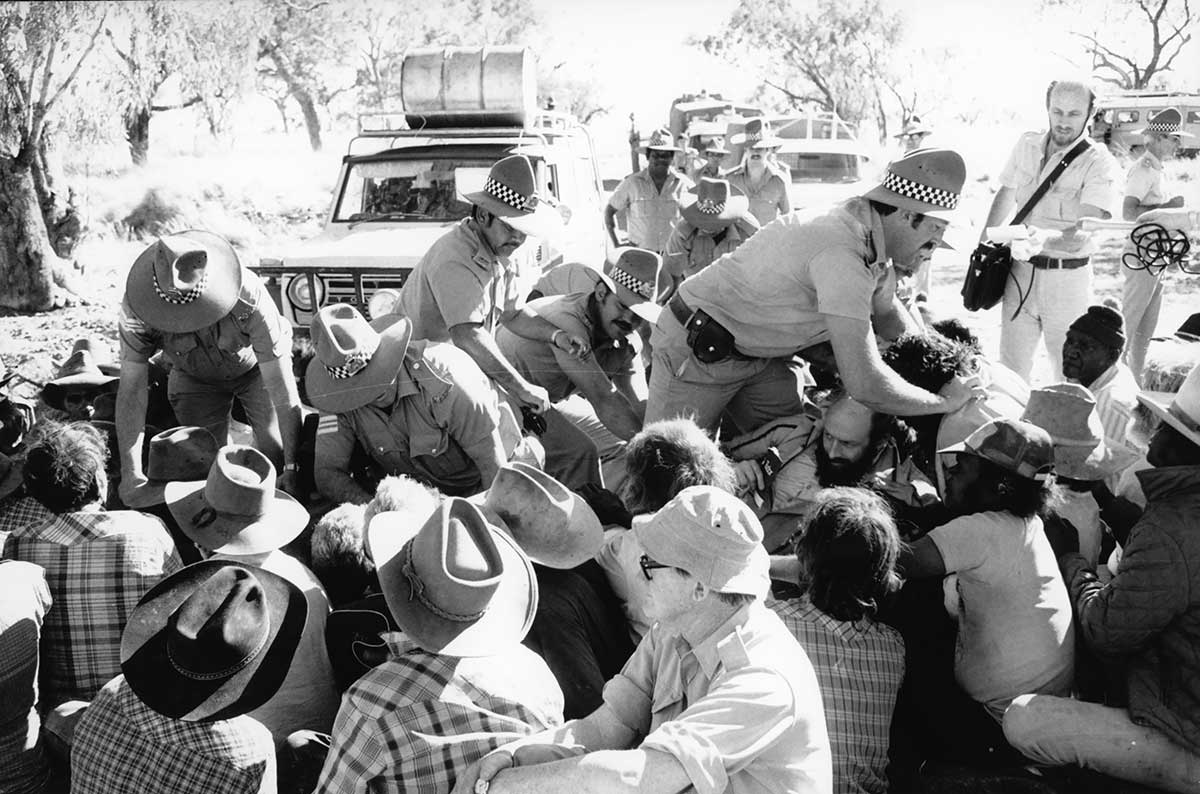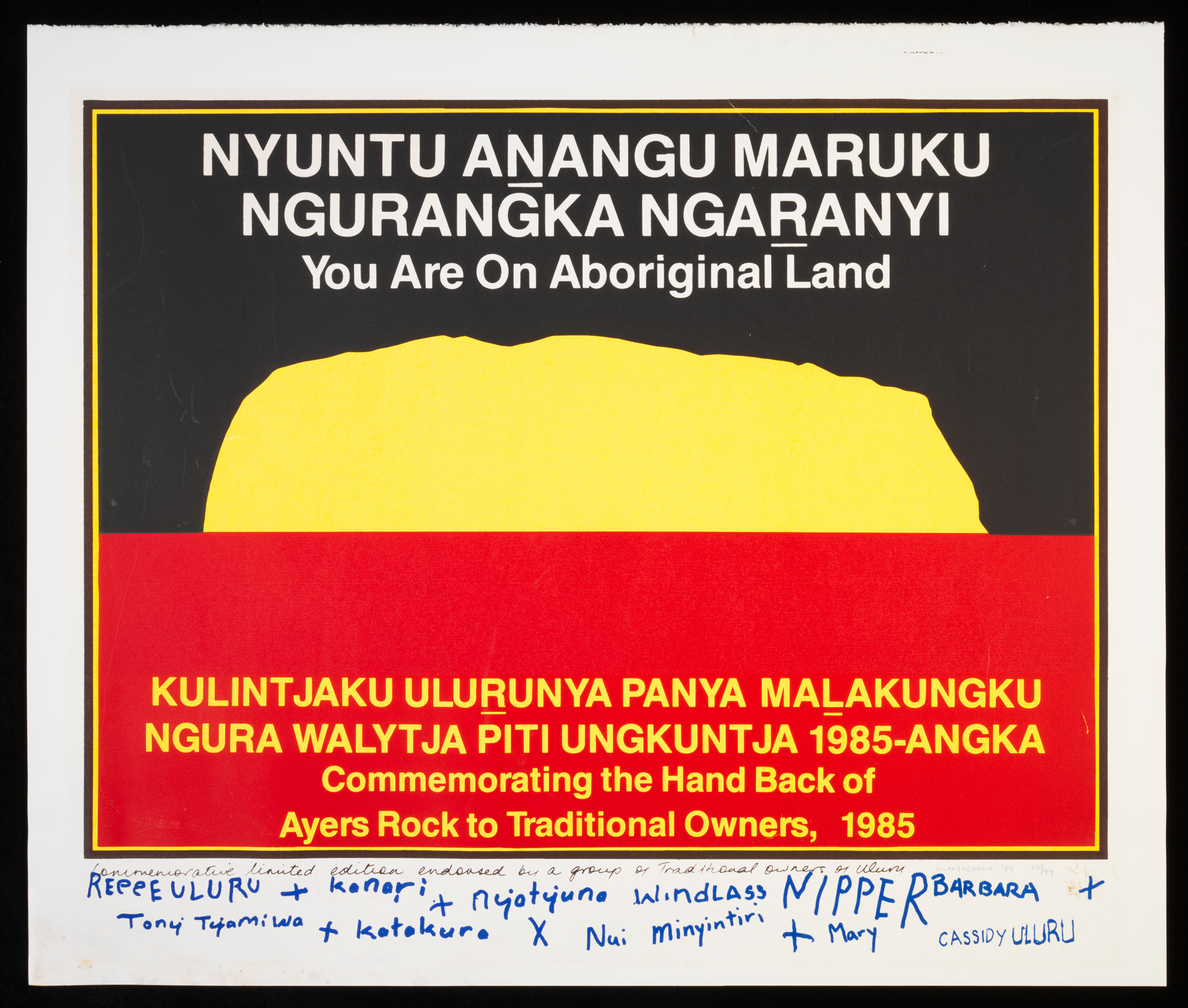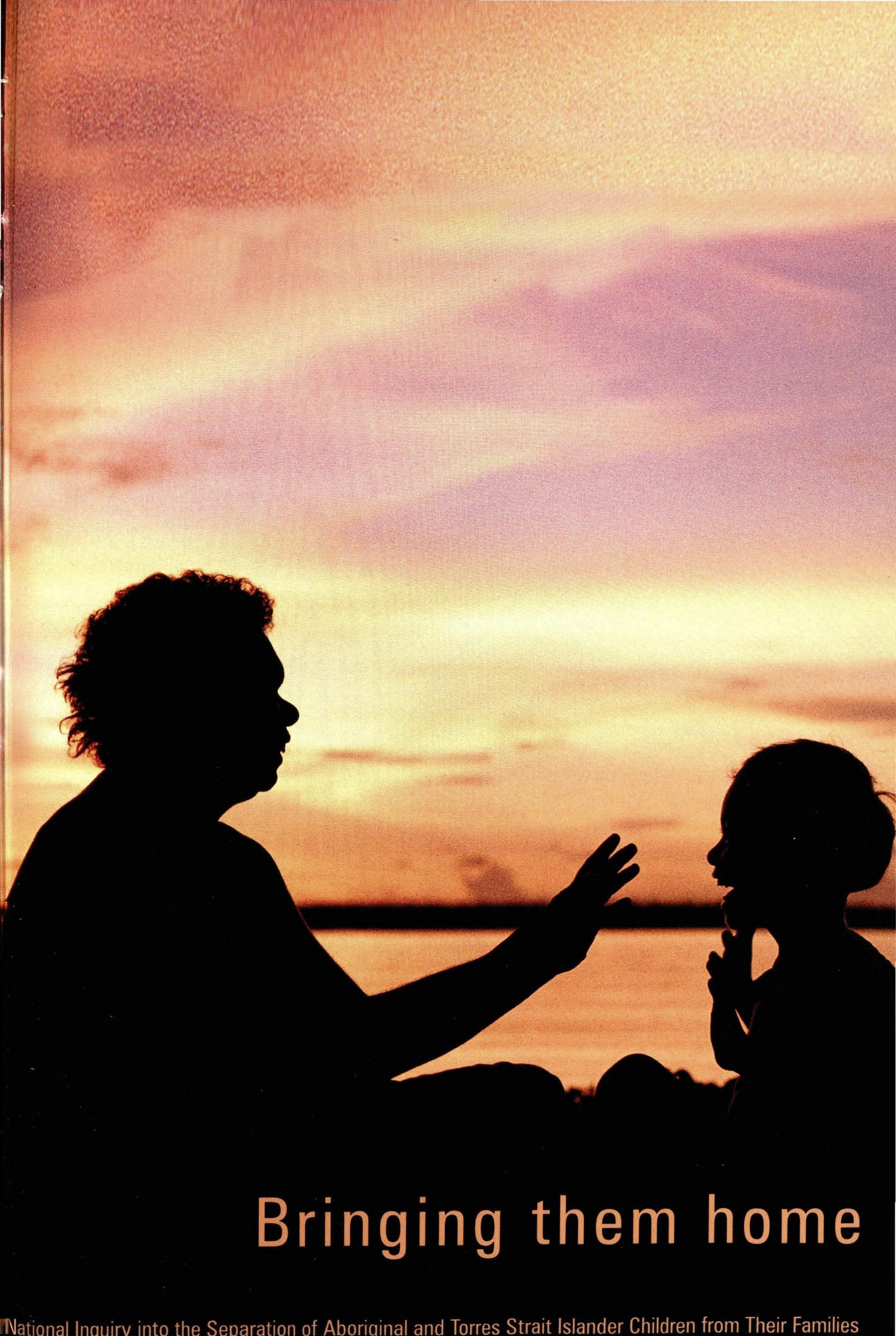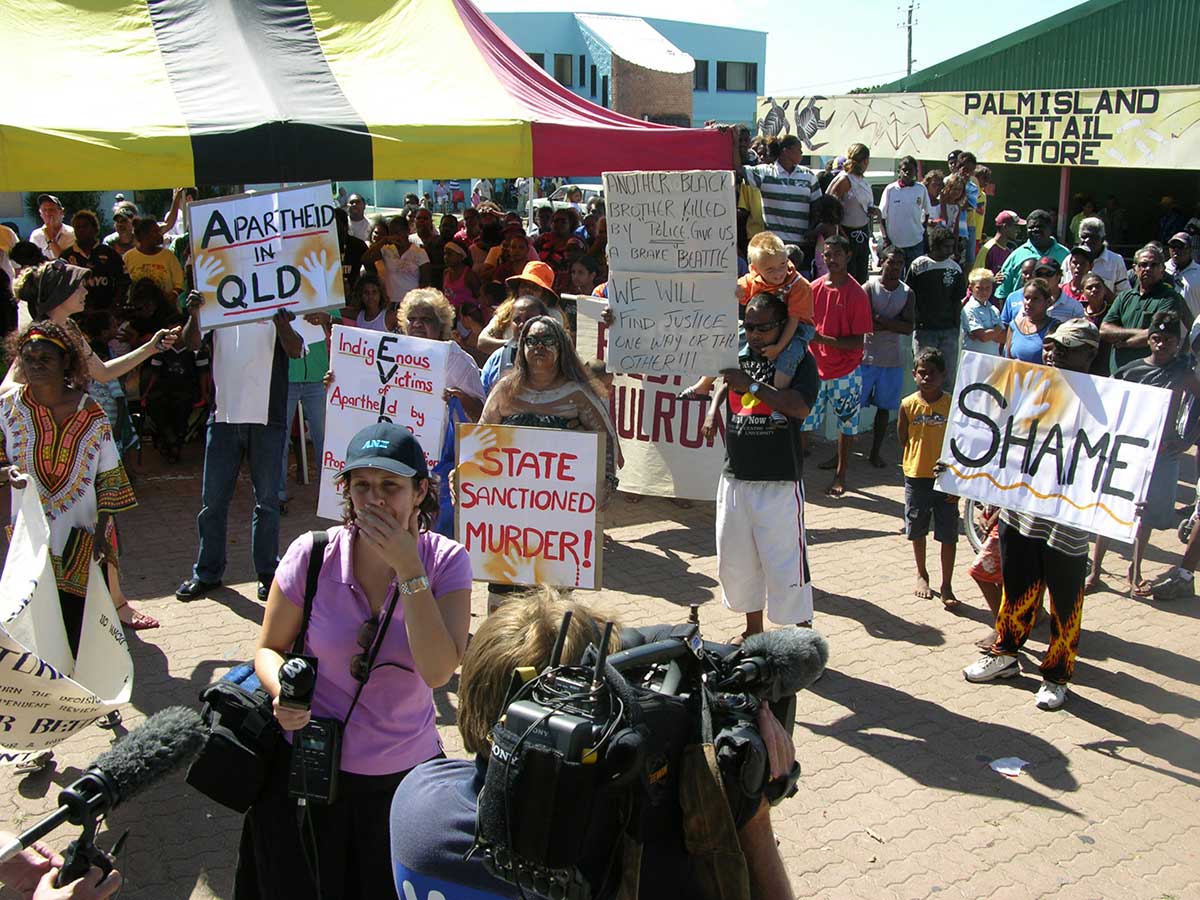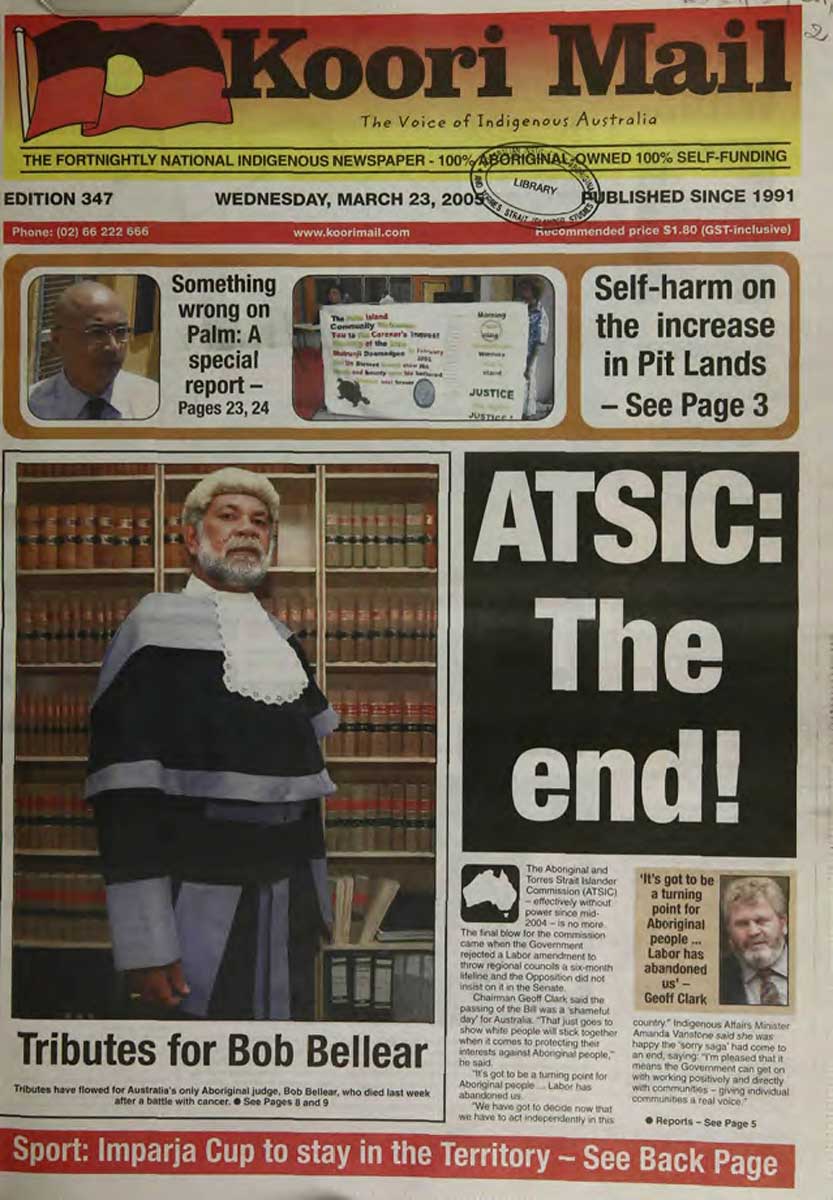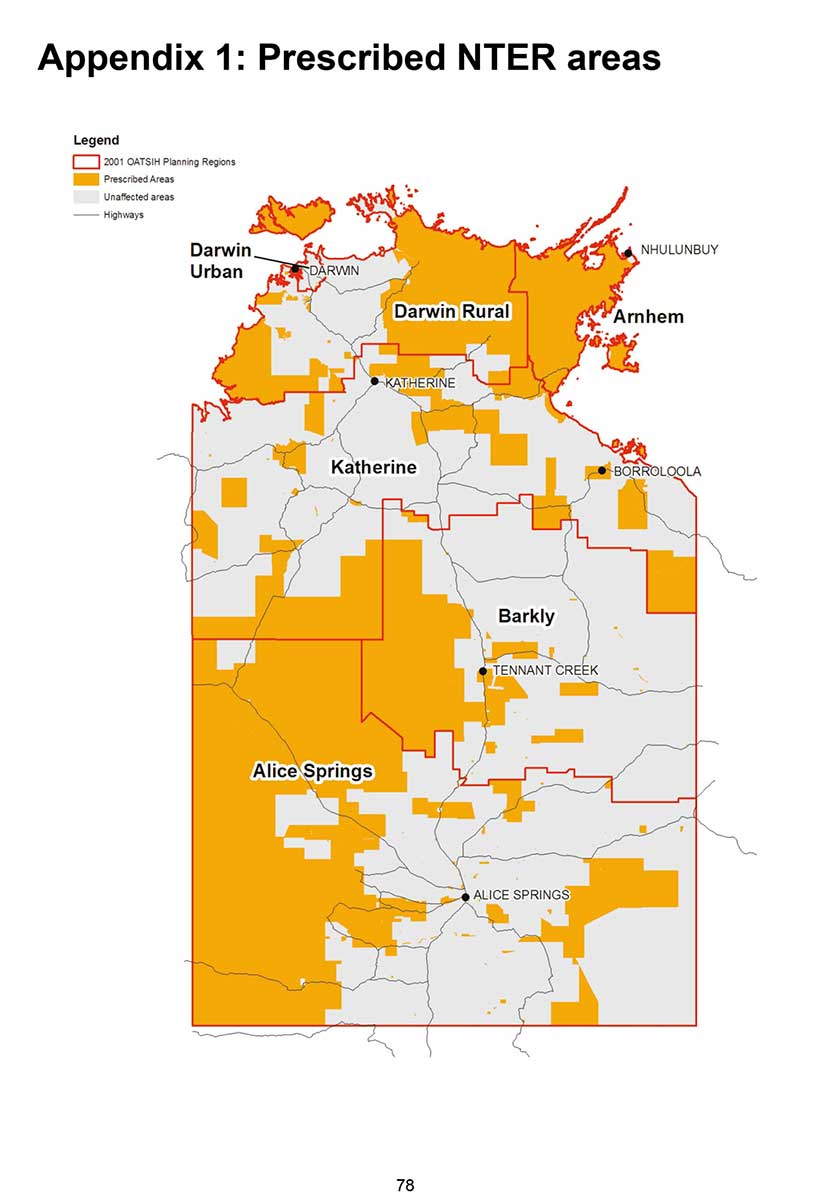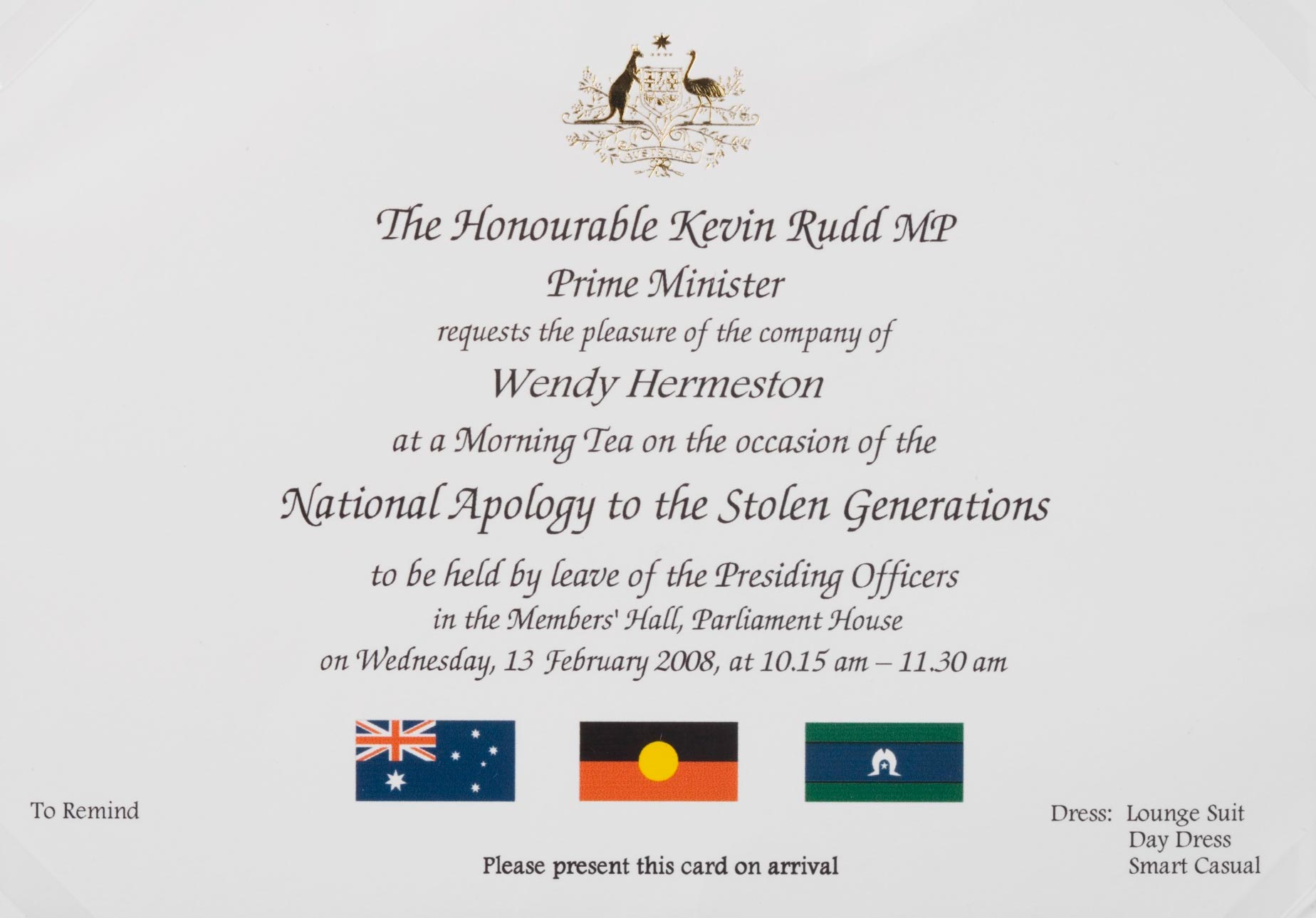Learning module:
Rights and freedoms Defining Moments, 1945–present
Investigation 1: Exploring Aboriginal and Torres Strait Islander rights through key Defining Moments
1.18 1991 Royal Commission into Aboriginal Deaths in Custody
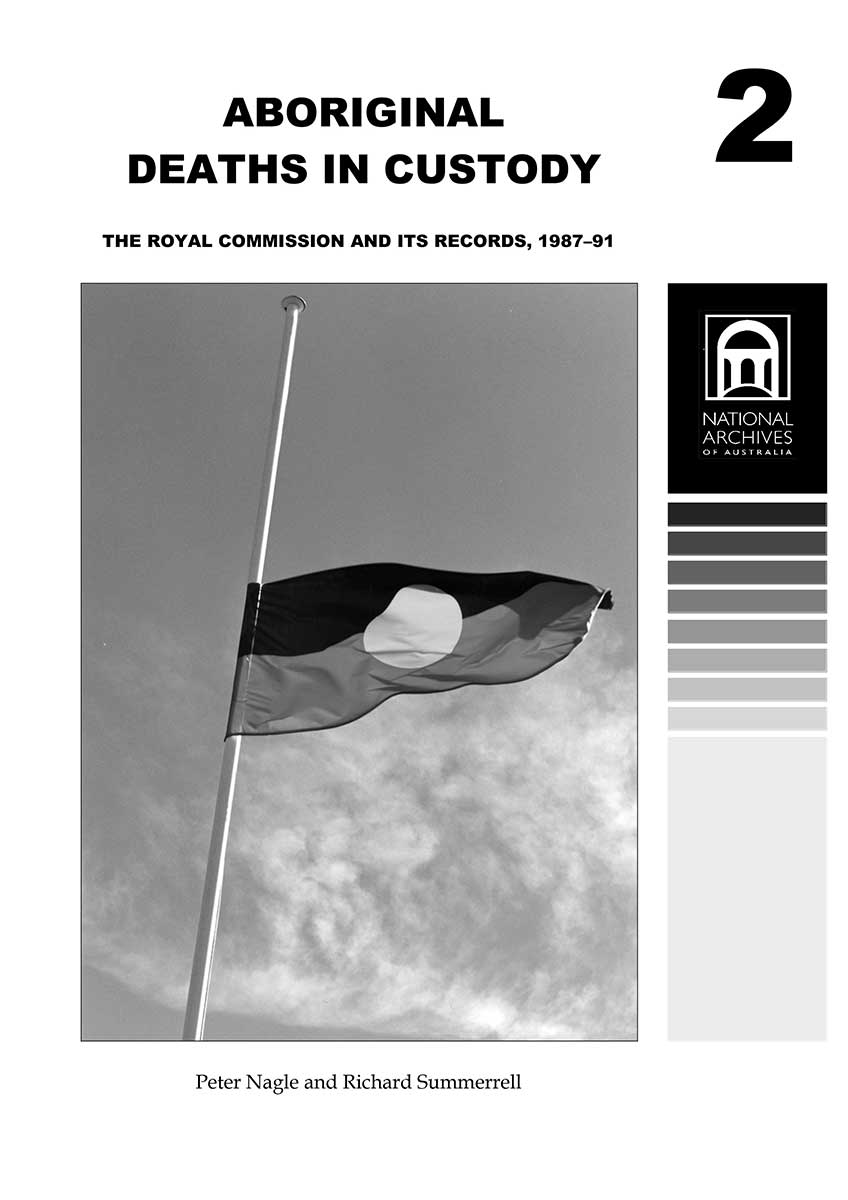
It is 1991.
There have been many deaths of Aboriginal people while being held in police custody.
There are accusations that these deaths were preventable and were the result of racist treatment of Aboriginal prisoners.
What will a special investigation, a Royal Commission, find out about them?
Read the information below on the 1991 Royal Commission into Deaths in Custody and answer the questions that follow.
On 10 August 1987 Prime Minister Hawke announced the formation of a Royal Commission to investigate the causes of deaths of Aboriginal people who were held in state and territory jails. The Royal Commission was established in response to a growing public concern that deaths in custody of Aboriginal people were too common and poorly explained.
The Commission examined all 99 deaths in custody of Aboriginal people in each state and territory which occurred between 1 January 1980 and 31 May 1989, and the actions taken in respect of each death.
The final report, signed on 15 April 1991, made 339 recommendations, mainly concerned with procedures for persons in custody, liaison with Aboriginal groups, police education and improved accessibility to information.
Its final report, tabled on April 15, 1991, found that the rate of deaths of Aboriginal and Torres Strait Islander and non-Indigenous people in custody was similar. Large numbers of Aboriginal and Torres Strait Islander people were likely to die in custody because they were more likely to be in custody. Their over-representation in police and prison custody was described as ‘grossly disproportionate’.
The commission saw the issue as twofold: problems in the criminal justice system; and the reasons for Aboriginal and Torres Strait Islander people coming into contact with that system.
Many of its recommendations aimed to promote Aboriginal and Torres Strait Islander self-determination in order to strengthen communities and provide services more appropriate to the needs of Aboriginal and Torres Strait Islander people.
It found Aboriginal and Torres Strait Islander disadvantage arose from:
- prejudicial policing, especially for minor crimes relating to public order;
- the police tendency to caution, charge and arrest Aboriginal and Torres Strait Islander people, rather than issue warnings or court attendance notices;
- police and courts not granting bail to Aboriginal and Torres Strait Islander people; and
- courts sentencing Aboriginal and Torres Strait Islander people to prison rather than handing down non-prison sentences.
Accordingly, a series of the commission’s recommendations sought to decriminalise minor offences, uphold the right to bail and ensure arrest and imprisonment were sanctions of last resort.
The commission also found incidents of a lack of care of Aboriginal and Torres Strait Islander people in custody, as well as police mistreatment and abuse.
Eight cases were referred to prosecutors to consider criminal charges. None were found guilty.
Aboriginal and Torres Strait Islander incarceration and police custody rates have actually increased since the royal commission tabled its report.
In 1991, Aboriginal and Torres Strait Islander people constituted 14 per cent of the prison population (1100 for every 100,000 Aboriginal and Torres Strait Islander people in the national population). Today [2016] they make up 27 per cent (2300 for every 100,000). There has been an equivalent increase in unsentenced Aboriginal and Torres Strait Islander prisoners in remand (held in captivity until their trial is held).
The majority of the Commission’s recommendations remain unimplemented. More recently they have resurfaced with the global Black Lives Matter movement.
Edited from Thalia Anthony, ‘Deaths in custody: 25 years after the royal commission, we’ve gone backwards’, The Conversation, 13 April 2016, https://theconversation.com/deaths-in-custody-25-years-after-the-royal-…, viewed 14 October 2020; Find and connect, Royal Commission into Aboriginal Deaths in Custody (1987–1991), https://findandconnect.gov.au/ref/nsw/biogs/NE01229b.htm, viewed 14 October 2020
1. What was the Royal Commission into Aboriginal Deaths in Custody?
2. What problem was it investigating?
3. What were its main findings about why large numbers of Aboriginal and Torres Strait Islander people were likely to die in custody?
4. To what extent were its recommendations implemented?
5. What has happened to the rate of Aboriginal and Torres Strait Islander incarceration since the report?
6. How successful has the report been in addressing this area of citizenship disadvantage?
7. What was the significance of the Royal Commission into Aboriginal Deaths in Custody for Aboriginal and Torres Strait Islander people’s rights?
8. How would this event have influenced the development of Aboriginal and Torres Strait Islander people’s rights over time?






